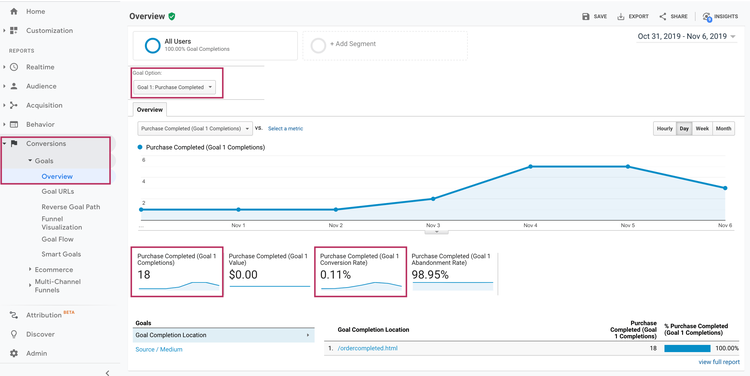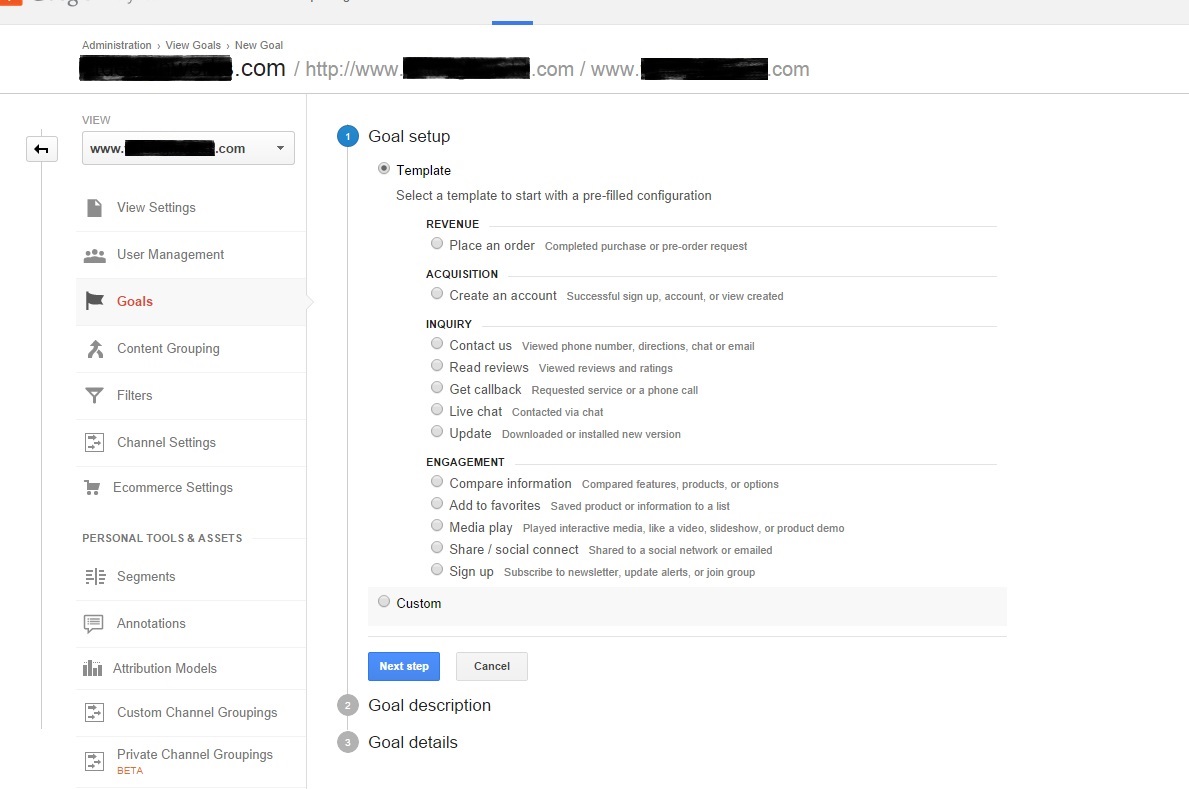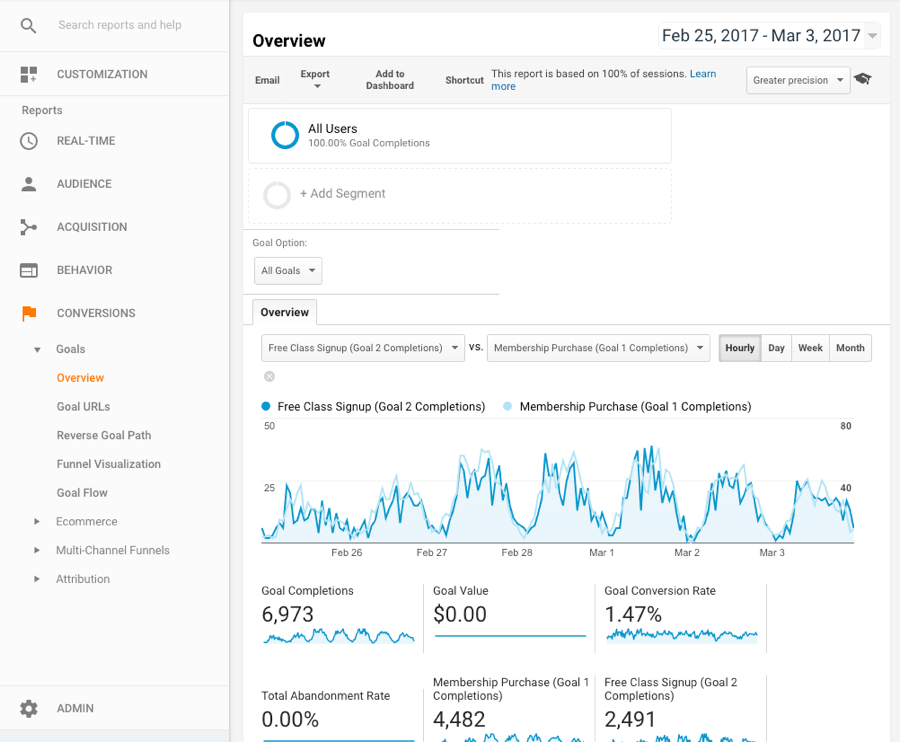Introducing the Blind Spots: Understanding What Google Analytics Goals Can not Measure
In the world of digital analytics, Google Analytics stands as an effective device for monitoring and evaluating online customer communications. Understanding what Google Analytics goals can not gauge is vital for acquiring a comprehensive view of individual behavior and involvement.
Individual Actions on External Platforms
Understanding just how users connect on outside systems is important for optimizing online strategies. Exterior platforms, such as social media sites networks, referral sites, and on-line forums, play a significant function in driving website traffic to a company's web site. By evaluating user behavior on these platforms, organizations can gain useful understandings into the performance of their marketing efforts and the choices of their target market.
One trick element of customer behavior on external systems is the reference resource. By tracking where the customers are coming from, services can identify which systems are driving one of the most traffic to their internet site. This information can assist business allot their resources better, concentrating on the systems that produce the most effective results.

Offline Conversions and Interactions
Analyzing user behavior on external systems supplies important understandings right into on the internet methods; nonetheless, thinking about offline conversions and communications is equally crucial for a comprehensive understanding of a firm's total efficiency. While Google Analytics excels at tracking online communications, it drops short in capturing the full customer trip that often consists of offline touchpoints. Offline conversions, such as in-store acquisitions or phone queries, play a substantial function in many businesses' success. Disregarding these interactions can result in an altered sight of the efficiency of marketing projects and general company performance.

Acknowledgment Beyond Last Click
When delving into the realm of electronic advertising and marketing analytics, it ends up being necessary to look past the solitary touchpoint of the last click for an extra comprehensive understanding of attribution. While Google Analytics supplies useful understandings into user habits, depending exclusively on last-click acknowledgment can be restricting - what data is google analytics goals unable to track. Acknowledgment models that exceed the last click provide a much more nuanced sight of the client trip, considering all the touchpoints that bring why not find out more about a conversion
Acknowledgment beyond the last click enables marketing experts to appoint credit score to numerous home communications along the conversion path, giving a clearer photo of the performance of different advertising networks. By exploring multi-touch acknowledgment designs such as direct, time decay, or position-based acknowledgment, companies can better assign their marketing spending plans and maximize their methods for maximum effect.
Recognizing the influence of each touchpoint in the conversion procedure is critical for making notified decisions and maximizing ROI. By welcoming acknowledgment past the last click, organizations can acquire deeper understandings into client behavior and customize their advertising efforts extra efficiently.
Cross-Device and Cross-Browser Monitoring

In a similar way, cross-browser monitoring complements cross-device tracking by catching individual actions as they switch over in between different web browsers. Comprehending just how customers interact with websites on different browsers can aid marketing professionals maximize their on-line experiences to make certain uniformity and functionality across different platforms.
Qualitative Data and User Intent
Understanding user intent through qualitative information evaluation is vital for developing targeted electronic advertising and marketing strategies that resonate with the demands and choices of the target market. Qualitative information gives understandings right into the 'why' behind individual actions, dropping light on motivations, emotions, and choices that measurable data alone can not capture. By evaluating user feedback, remarks, and communications, marketing experts can reveal beneficial info regarding user intent, permitting them to customize their messaging, material, and offerings to better straighten with what their target market is looking for.
Qualitative information likewise helps in recognizing the context in which individuals engage with a website or application. This contextual understanding enables marketing experts to develop more appropriate and individualized experiences, eventually driving higher involvement and conversion rates. By delving right into user intent via qualitative data evaluation, services can acquire a much deeper understanding of their target audience, leading to a lot more effective advertising and marketing strategies that fulfill individuals' needs and expectations.
Verdict
To conclude, Google Analytics objectives have limitations in determining user actions on external systems, offline conversions, acknowledgment beyond last click, cross-browser and cross-device tracking, and qualitative information connected to customer intent. what data is google analytics goals unable to track. It is essential for organizations to be knowledgeable about these blind places in order to supplement their data analysis with various other devices and approaches to get a much more thorough understanding of their audience and enhance their total digital advertising approaches
By evaluating individual actions on these platforms, companies can get beneficial insights into the efficiency of their advertising and marketing initiatives and the preferences of their target audience.
Analyzing customer actions on outside systems provides valuable insights right into on-line approaches; however, considering offline conversions and communications is just as vital for a thorough understanding of a firm's total efficiency.In electronic advertising and marketing analytics, moving beyond last-click attribution to explore cross-device and cross-browser tracking is vital for getting an alternative understanding of individual communications throughout different platforms and devices. By evaluating user feedback, comments, and communications, marketers can uncover valuable info about user intent, enabling them to customize their messaging, web content, and offerings to better align with what their audience is looking for.
By diving into user intent via qualitative information analysis, services can get a deeper understanding of their target audience, leading to more effective advertising and marketing approaches that satisfy users' expectations and needs.